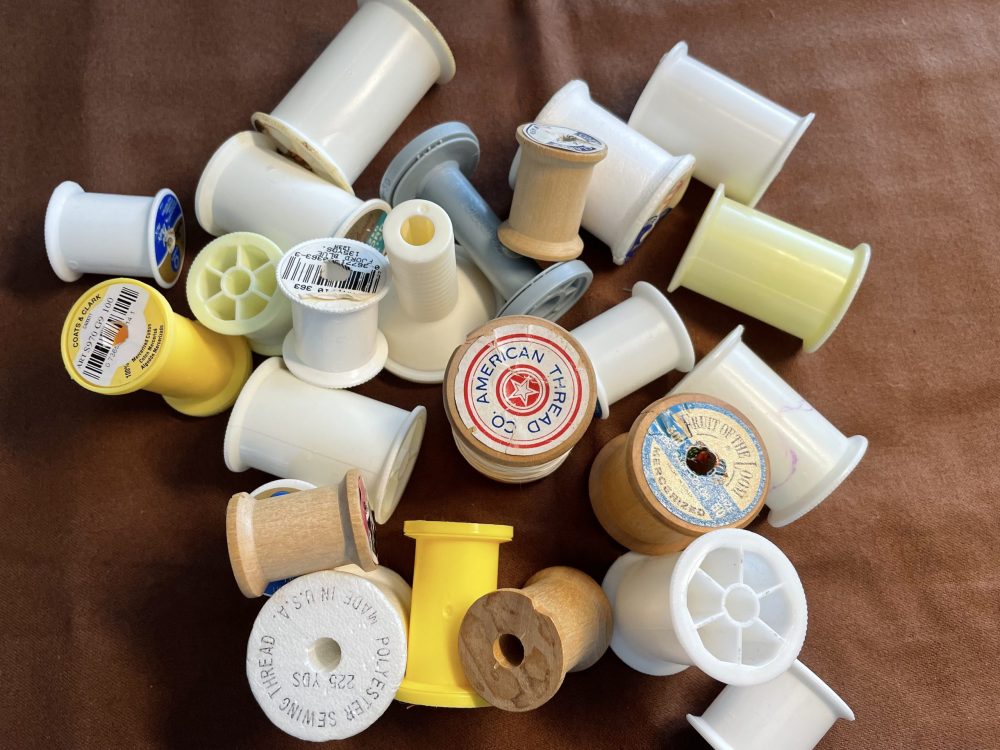With this issue, we celebrate Shelterforce’s 25th anniversary. Shelterforce has come far during this time, from a small quarterly newspaper to a glossy bi-monthly. Unfortunately, the problems that made Shelterforce necessary in 1975 remain today. For those of us working in low-income neighborhoods, the clearest problems face us as we walk down the streets: dilapidated and unaffordable housing, incompetent municipal services (especially schools), few commercial services, no jobs nearby and poor transportation to the jobs that are available.
But the issues that underlie these problems aren’t always as clear; nor are they easily fixed. Sometimes intermediary problems have become primary: Discrimination led to white flight, which encouraged sprawl, which caused resource depletion and disinvestment in central cities, which led to infrastructure collapse and family disintegration, which led to low skills, high crime, poverty. So, how far back do you go to fix today’s problem? And how is it possible for those of us working at the neighborhood level to affect issues that clearly extend beyond our borders?
I wish I had the answer, but halfway into my seventh year at Shelterforce, I’m more confused than ever. Nonetheless, a few themes have emerged.
Comprehensive
First, there is no single approach to solving the problems of the poor. Housing, jobs, safety, education, transportation, regionalism, and quality of life all have to be part of the revitalization process – as must a healthy and functioning civil society, strong families, and political engagement by organized communities.
Values-Driven
Second, we need a values-driven approach to fight the excesses of a market economy. The evils of discrimination, prejudice, greed, exploitation, and fear have not gone away. Our economic systems are not devoid of values, no matter how logically some would have us believe they behave. It’s our job to make sure that justice, love, compassion, and community (inclusive and embracing) are the values that prevail. Maybe someday the market will reward companies that raise their workers’ salaries and not just their CEO’s. And maybe then the phrase working poor will become the oxymoron that it should be.
New Allies
Third, housing and community development advocates need new allies in the fight for justice in poor urban and rural communities. We need to reach out and create sustainable collaborations with labor, environmentalists, social service providers, and educators, among others. And we need to make sure that our own affordable housing movement’s many players work together more effectively than we have in the past.
Good Government
Finally, we need to create effective partnerships with good government. In our own research and observations we’ve seen that size doesn’t matter in government. The only things that matter are committed officials, clear headed policies, and resources widely targeted to the middle-income, working-class, and poor.
If you’ve got your collection of Shelterforce handy, you’ll see that all of these threads have been woven through this publication virtually from the beginning. They are not new ideas. They speak to the need for comprehensiveness and collaboration, they speak to the need for creating a movement that is, indeed, greater than the sum of its parts – the kind of movement that’s been responsible for all the reforms of the past. And they speak to the need for widespread political participation by people at all economic levels, not just the elites.
Critical Ideas
In this issue, in addition to John Atlas‘s political and social history of Shelterforce’s first 25 years, we’ve asked a number of industry leaders and thinkers to share their opinions and insights on the critical issues faced by community builders. We hope you find their thoughts challenging.
Over the next few years, we will continue to examine the work of those building affordable housing, creating jobs, teaching skills, and assuring unimpeded access to capital and opportunity. We’ll also probe the relationship between communities and the labor and environmental movements as well as the role of faith-organizations to community revitalization, and we’ll try to understand exactly what regionalism and globalization mean for community-based organizations. We will continue to provide a forum for the critical analysis of ideas that are at the intersection of the theory, policy, and practice of community building.
If we have helped you – our readers and our movement – in any way over the past 25 years, our work has been a success. Together, we’ll continue to move forward.



Comments